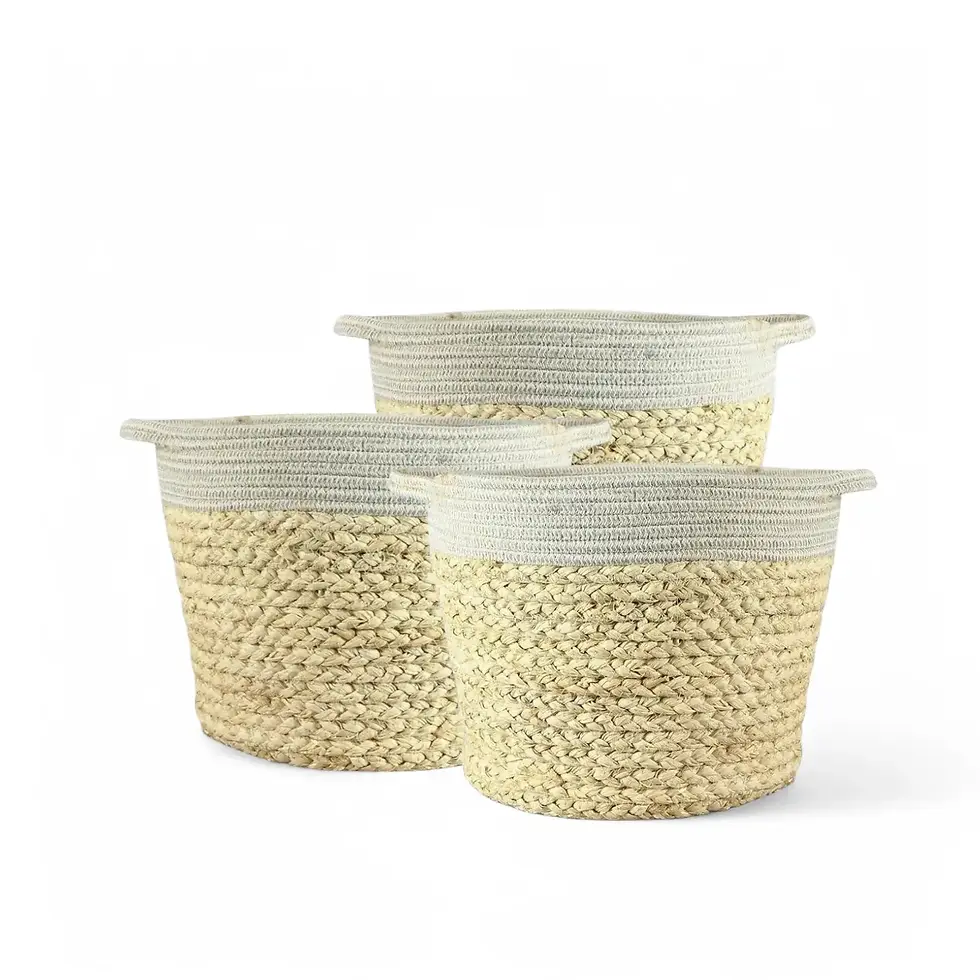Tradescantia mundula 'Lisa' – Guide and Care Tips
Tradescantia mundula 'Lisa' is a vibrant trailing plant with unique variegation, often confused with the misapplied name 'Quadricolor.' This cultivar features small, slightly asymmetrical leaves with a striking mix of yellow, creamy–white, and pink hues. Its random variegation makes every leaf unique, while occasional pure–green or pure–white stems add extra contrast. Easy to care for and visually captivating, it’s a perfect addition to any plant collection.
Features: A Colorful Mosaic of Leaves
- Leaf Shape and Size: Small, slightly asymmetrical, and pointed, giving a refined appearance.
- Variegation: Unpredictable blends of yellow, creamy–white, and pink for a dynamic visual effect.
- Stem Coloration: Occasional all–green or all–white stems enhance contrast and variation.
- Growth Pattern: A trailing, spreading habit makes it ideal for hanging baskets or cascading from shelves.
Tradescantia mundula 'Lisa' Care Essentials
- Light: Thrives in bright, indirect light for best variegation. Can tolerate medium light, but colors may fade.
- Watering: Allow the top 2–3 cm of soil to dry before watering. Avoid overwatering to prevent root rot.
- Soil: A well–draining potting mix with added perlite or sand helps prevent waterlogging.
- Humidity: Adapts to normal indoor humidity. Avoid misting—opt for good air circulation instead.
- Fertilization: Feed monthly with a balanced liquid fertilizer during active growth periods.
Common Issues and Solutions
- Yellowing Leaves: Overwatering is the usual cause. Let the soil dry slightly before the next watering.
- Browning Leaf Tips: Often due to low humidity or inconsistent watering. Adjust conditions accordingly.
- Leggy Growth: Move to a brighter spot if the plant stretches too much.
- Pests: Watch for spider mites and aphids. Treat with insecticidal soap or neem oil.
Additional Tips for Growing Tradescantia mundula 'Lisa'
- Watering Technique: Water thoroughly but allow excess to drain—no standing water.
- Pruning: Trim regularly for a fuller, more compact growth habit.
- Propagation: Easily propagated via stem cuttings in water or directly in soil.
- Placement: Best suited for bright indoor spaces, but avoid direct sun exposure to prevent leaf scorch.
Etymology: The Story Behind the Name
The species epithet "mundula" translates to "adorned," highlighting its decorative foliage. The genus Tradescantia was named by Carl Linnaeus in honor of English botanists John Tradescant the Elder and Younger, known for introducing numerous plant species to Europe.
Order Your Tradescantia mundula 'Lisa' Today
Enhance your plant collection with Tradescantia mundula 'Lisa'. Its stunning variegation and easy–care nature make it a must–have for plant enthusiasts. Order yours today and enjoy its colorful foliage in your space!
Tradescantia mundula 'Lisa'
Tradescantia mundula 'Lisa' is approximately 40 cm long and comes in a ⌀ 17 cm pot.






















































